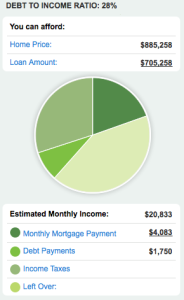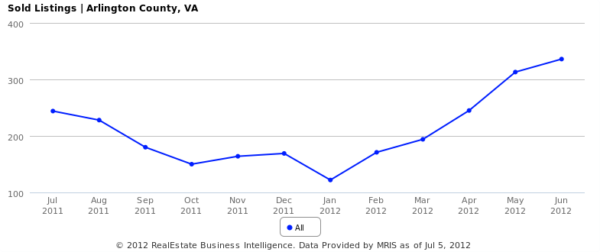
This periodic sponsored Q&A column is written by Adam Gallegos of Arlington-based real estate firm Arbour Realty, voted one of Arlington Magazine’s Best Realtors of 2013. Please submit follow-up questions in the comments section or via email.
Question: My wife and I recently purchased a house in Arlington and plan to make some improvements to it over the next couple of years. Can you recommend which improvements will bring us the most value when it comes to resale value?
House flipping isn’t just a popular TV show genre (Flip This House, Flip That House, Flip Men, Flipped Off, etc.), it can also be a profitable mindset to adopt when considering home improvements.
Here is a list of the top 5 improvements in order of what I think Arlington home buyers will value most. Each of these improvements can have wildly varying degrees of style and quality. You will have to weigh the options against your budget when making these choices.
 1) Kitchen — A nice kitchen is not just a box the potential home buyer is checking off, it is often where the emotional attachment to the home begins. Granite counters and stainless steel appliances used to make a home stand out from the crowd. Now they have become a minimum standard in Arlington real estate.
1) Kitchen — A nice kitchen is not just a box the potential home buyer is checking off, it is often where the emotional attachment to the home begins. Granite counters and stainless steel appliances used to make a home stand out from the crowd. Now they have become a minimum standard in Arlington real estate.
If you are on a tight budget, I recommend exploring some of the options available at Ikea. If you are not on a tight budget I recommend choices that will help your home stand out such as eco-friendly materials or exotic stones and woods. Amicus Green Building Supply in Kensington, Md. is a great source for eco-friendly options.
2) Bathroom — I’m sure it is no surprise that bathrooms are a close second to kitchens. Many home buyers appreciate a nicely updated bathroom. The level of your bathroom upgrades should correspond to your target audience and your “competition.” Consider the homes you looked at while shopping for the one you ultimately chose. Which bathrooms stood out to you?
Some savvy shopping can save you a lot of money on this category. I’ve even spoken to builders who are now relying on the internet to purchase vanities from places like Overstock.com.
3) Flooring — There are people out there who want carpet, but they are in the minority. Whenever possible go with a hard surface. Hardwood is usually the preferred option. Alternatives like bamboo and cork are also very nice. I would stay away from ceramic and marble in the living areas of your home. They are expensive and not appealing to the masses.
Be sure to research the durability of the flooring you are considering. Nothing is worse than investing a lot of money only to have it damaged by pets and high heels.



